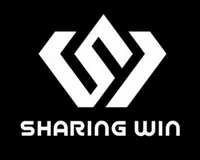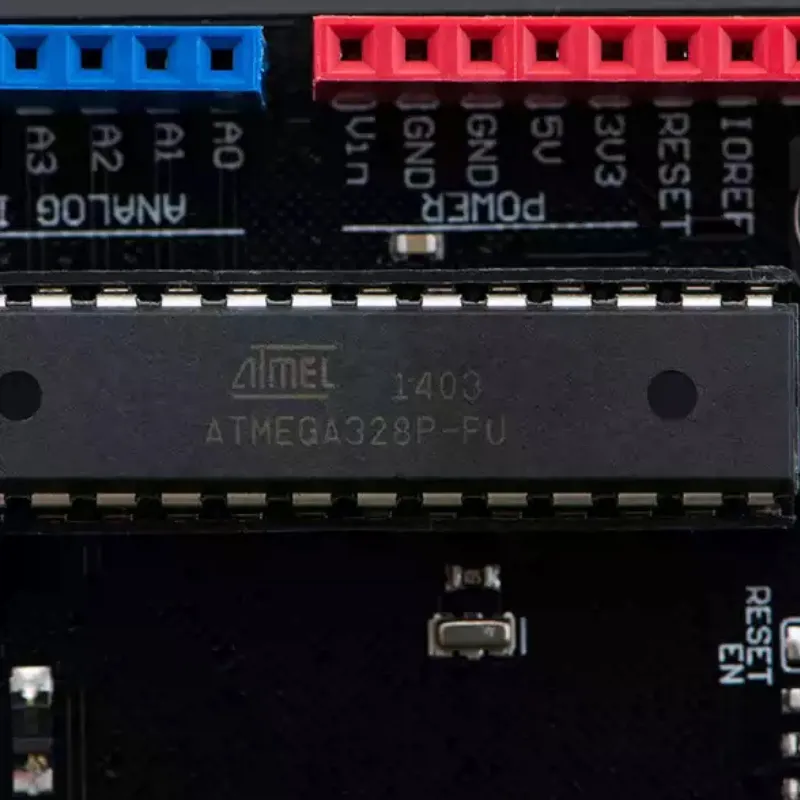DFRduino UNO R3 Development Board
The DFRduino UNO R3 is an open-source Simple I/O platform featuring a development environment similar to Java and C languages. It allows you to quickly create interactive projects using the Arduino language with software like Flash or Processing. Arduino can work with various pre-developed electronic components, such as switches, sensors, and other controllers, as well as output devices like LEDs and stepper motors. Arduino can also operate independently as a platform that communicates with software such as Flash, Processing, Max/MSP, and other interactive software. The Arduino IDE is based on open-source principles, enabling you to download and develop amazing interactive projects.
DFRduino UNO R3 Upgrades
- Fully Compatible with Arduino UNO R3
The DFRduino UNO R3 is fully compatible with the Arduino UNO R3 version. It uses a more powerful ATmega16U2 instead of 8U2, providing faster transfer speeds and larger memory. This upgrade allows the UNO R3 version to operate without installing drivers on Linux or Mac (Windows requires an INF file). It also supports external devices like keyboards, mice, and joysticks. - Additional Ports
The UNO R3 adds SDA and SCL ports next to AREF. Additionally, two new ports are located next to the RESET button. One is IOREF, enabling expansion boards to adapt to the main board’s voltage. The other port is reserved for future expansions. - Improved RESET Circuit
The RESET circuit is more stable. The RESET button has been relocated near the corner of the board, close to the USB interface, making it easier to press. - ATmega16U2 Upgrade
The ATmega16U2 replaces the 8U2 chip, but this does not mean the 16K flash in R3 will speed up your code. The upgrade is intended for USB interface services, allowing the UNO to emulate USB HID devices like MIDI, Joystick, or Keyboard. - Important Notes:
To ensure proper installation on some computers, the DFRduino UNO R3 requires the Arduino 1.0 driver folder. It has been tested and confirmed that R3 can be programmed with older versions of the IDE. However, to run R3 on a computer, you will need Arduino 1.0. If you are interested in changes to the new IDE version, please check the version history of Arduino 1.0 on the Arduino website.
Arduino Product Features
- Open-Source Design
Arduino offers open-source circuit designs and downloadable development interfaces, which can be modified as needed. - ISP Support
Arduino supports ISP download cables, allowing you to burn new programs into the IC (beyond the bootloader). - Independent Operation
Based on the official circuit diagrams, Arduino modules can be simplified to create standalone microcontroller units. - Easy Component Integration
Arduino can easily connect to various sensors and electronic components (e.g., ultrasonic sensors, thermistors, photoresistors, servos) and supports multiple interactive programming environments like Flash, Max/MSP, WVW, PD, C, and Processing. - Affordable Microcontroller
Arduino uses a cost-effective microcontroller (ATMEGA328P-PU). - USB Power Supply
Powered through a USB interface without needing an external power source. It includes a 500mA self-resetting fuse to prevent USB power overload and provides a 9V DC input option, with automatic switching between USB and external power. - Enhanced Interactivity
Arduino expands interactivity beyond traditional input devices like mice, keyboards, and CCDs, enabling easier single or multiplayer interactive experiences.





Reviews
There are no reviews yet.